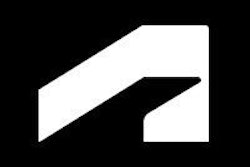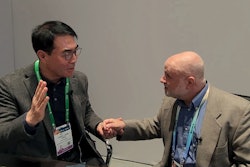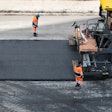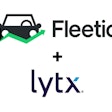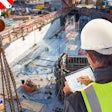
Autodesk on January 24 announced an agreement to purchase Melbourne, Australia-based Payapps, the leading software for construction application for payment that goes to market in North America with GCPay, which it acquired in 2018.
The agreement is subject to fullfillment or waiver of conditions, but Autodesk Senior Vice President and General Manager, Autodesk Construction Jim Lynch and Payapps Executive Chairman and Co-Founder Geoffrey Tarrant briefed ForConstructionPros in the days following the announcement on their vision for the combined entity.
The deal would build on an existing partnership in place since 2022 by pulling Payapps formally into Autodesk Construction Cloud, bringing it closer to supporting the full quote-to-cash project lifecycle.
“What we are trying to do is complete the mission Autodesk has had in construction over the last five years—delivering technology that allows people to drive better margins,” Lynch said. “The acquisition of Payapps is about driving improved margins for our customers and more predictability around the payment process.”
GCPay provides standard workflows and automations that:
- Capture application documentation and lien waivers
- Electronic payments including the ability to hold the lien waiver in escrow
- Integrates with construction enterprise resource planning (ERP) products
GCPay in North America
Known as GCPay in North America, and Payapps in Australia, New Zealand, the U.K. and Ireland, Autodesk aims to integrate the product across geographies.
“The United States has a lien waiver process, and the process for change orders is very different in the U.S.” Tarrant said. “There are nuances of geography that make this a sound course of action.”
Apart from U.S.-specific functionality, Payapps through GCPay also has boots on the ground in North America for functions including customer success.
“Customer success is something we pride ourselves on in the business,” Tarrant said. “When a customer signs up, they get a dedicated onboarding specialist and a dedicated account manager. On larger accounts, we have more people involved. But to start with we do deliver training on how to use the system. Customers can be up and running with good familiarity in a couple hours.”
The software will be a fit, according to Tarrant, for general contractors with $50 million in annual revenue and up.
“We have some that are smaller, but many that are into multiple billions of dollars,” Tarrant said. “We are also open to working with subcontractors.”
Next Steps
Once the transaction closes, work will commence to merge the commercial processes and software stacks of the two companies, enabling them to be sold as a single, contiguous offering.
“When we announced our partnership at Autodesk University in 2022, we announced we were integrating the Payapps tech stack with Autodesk Construction Cloud,” Lynch said. “What we expect to do over time is launch the Payapps GCPay functionality natively inside of our solution. Cost management has been an area of heavy investment, and bringing Payapps and GCpay into that solution brings tremendous value around payment management processes, but also lien waiver processes.”
Lynch said the existing integration between the two solutions is limited, and next steps would be to standardize the licensing on Autodesk paper followed by a more robust bidirectional integration.
“We will make sure the technology stack is up to our standards for security, reliability and performance,” Lynch said. “We think they are there or very close. We’ll get the technology working on the Autodesk licensing system, and determine how we make the workflows better—how do we tie assets, progress tracking and scheduling together to track the processing of payments.”
Quote-to-Cash Software
While the move wraps Autodesk Construction Cloud around the crucial financial discipline of payment, which in construction is affected by contract terms and other variables and ties in closely with finance and revenue recognition, Lynch said the goal was not to get further into financial functionality.
“We are not in the ERP (enterprise resource planning) business,” Lynch said. “But we want to make sure we are supporting the workflows and the processes that get in the way of the industry being more predictable and sustainable. When we talked to our customers across the globe, application for payment is such a huge risk that can threaten their viability.”
Lynch spoke about Autodesk’s vision for functionality of business processes:
“Longer term, as we continue on this path of connected construction, we will determine what workflows are most challenging for our customers,” Lynch said. “Our work is not done with preconstruction, delivering industry’s best capabilities around takeoff, estimating, scheduling.”
